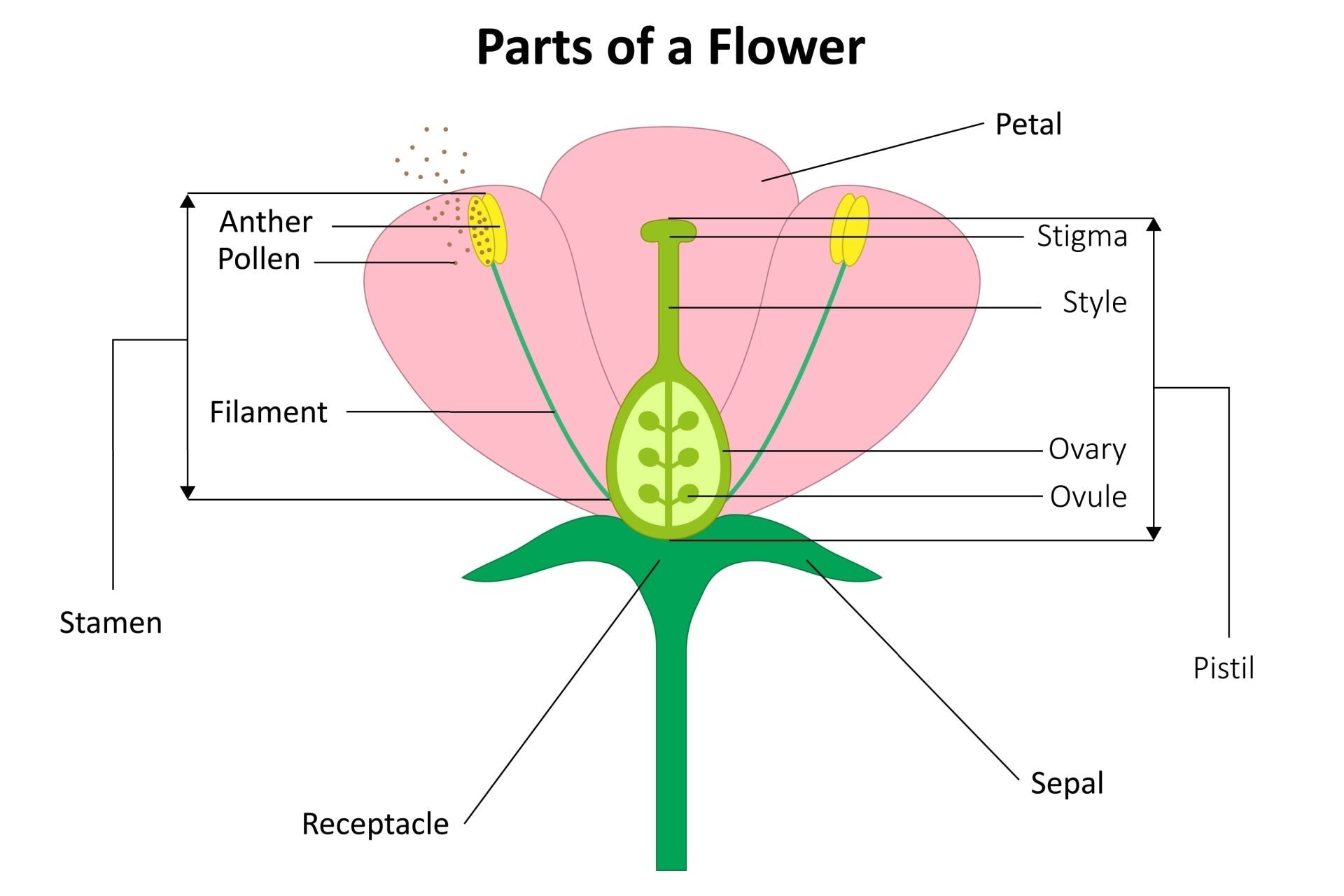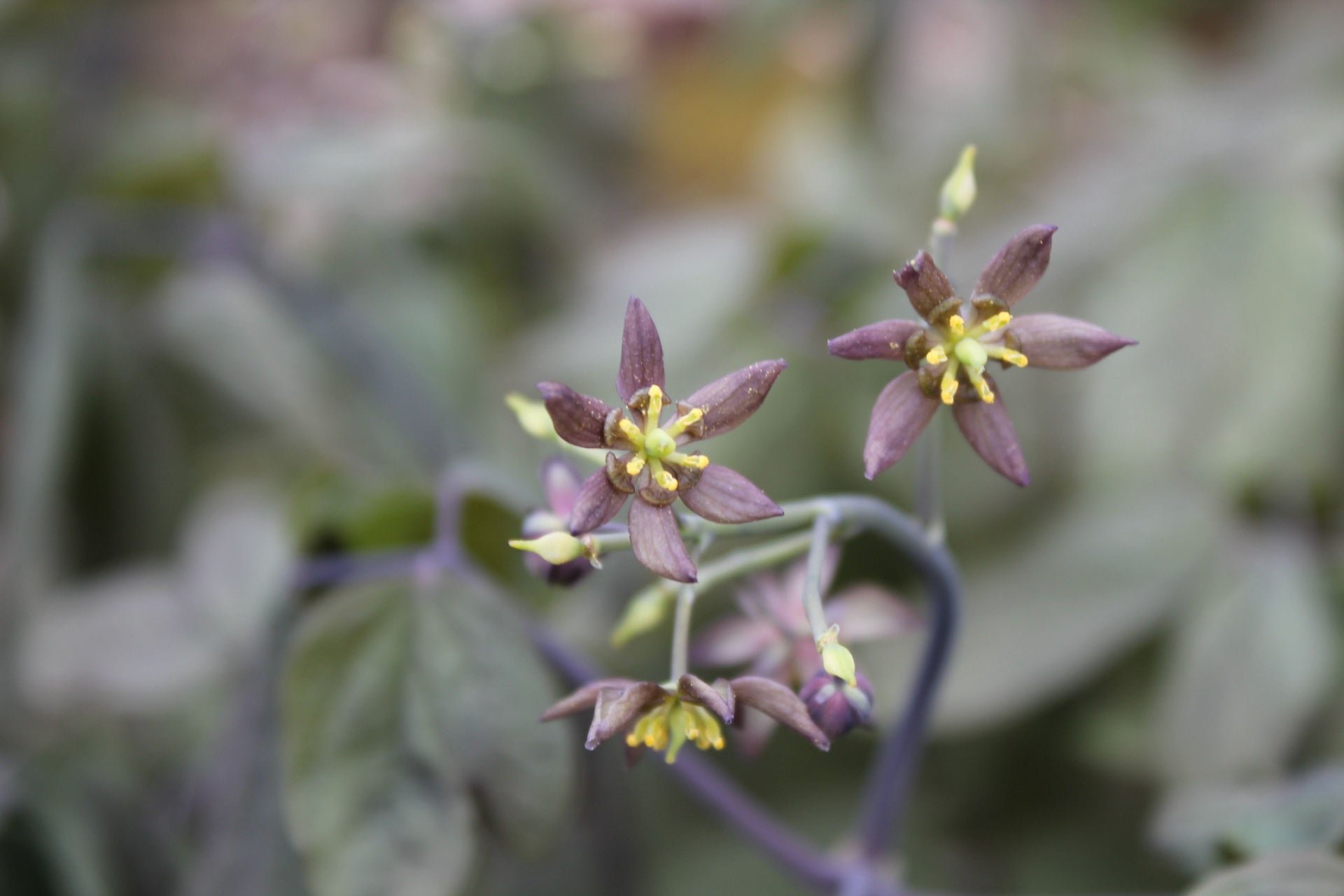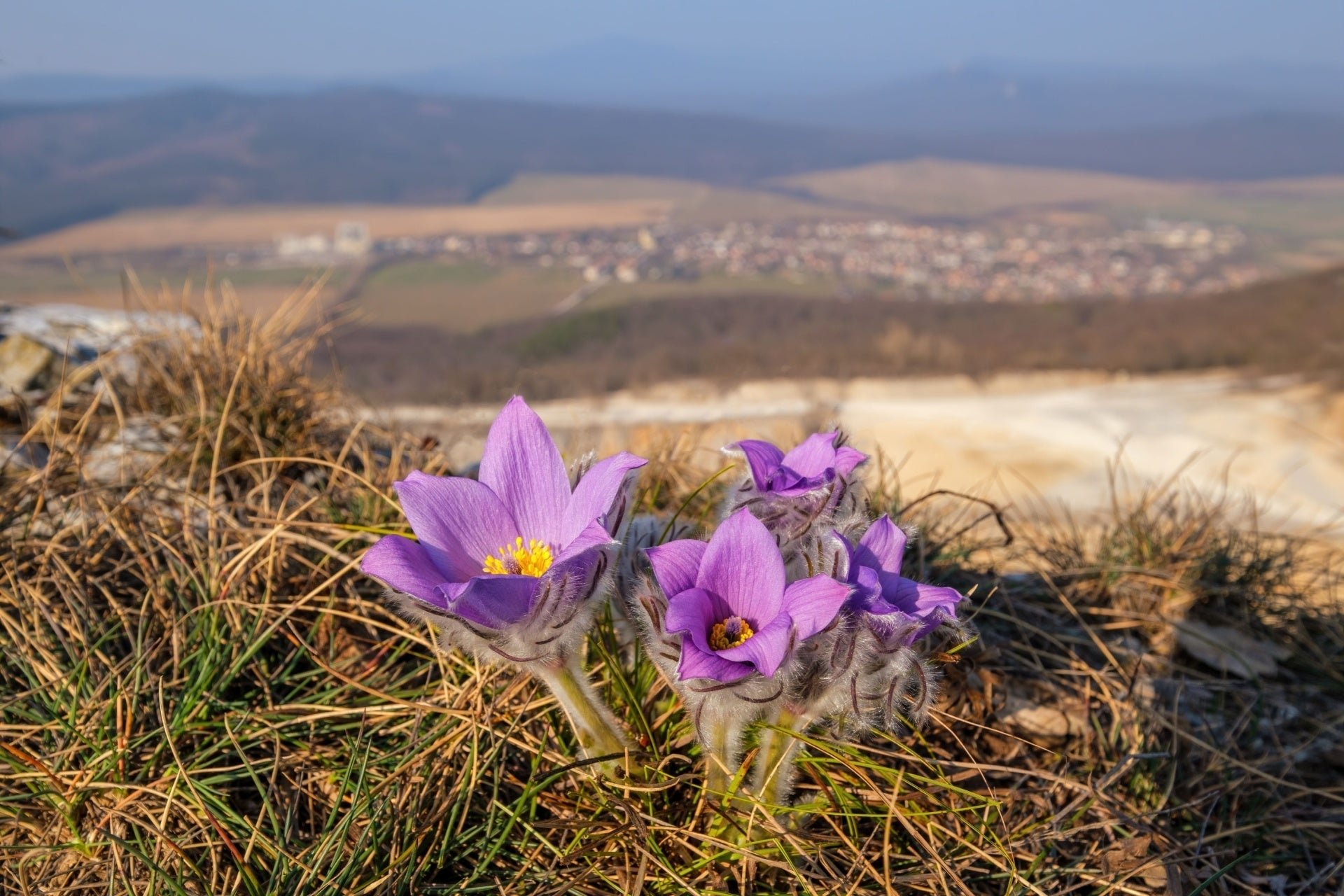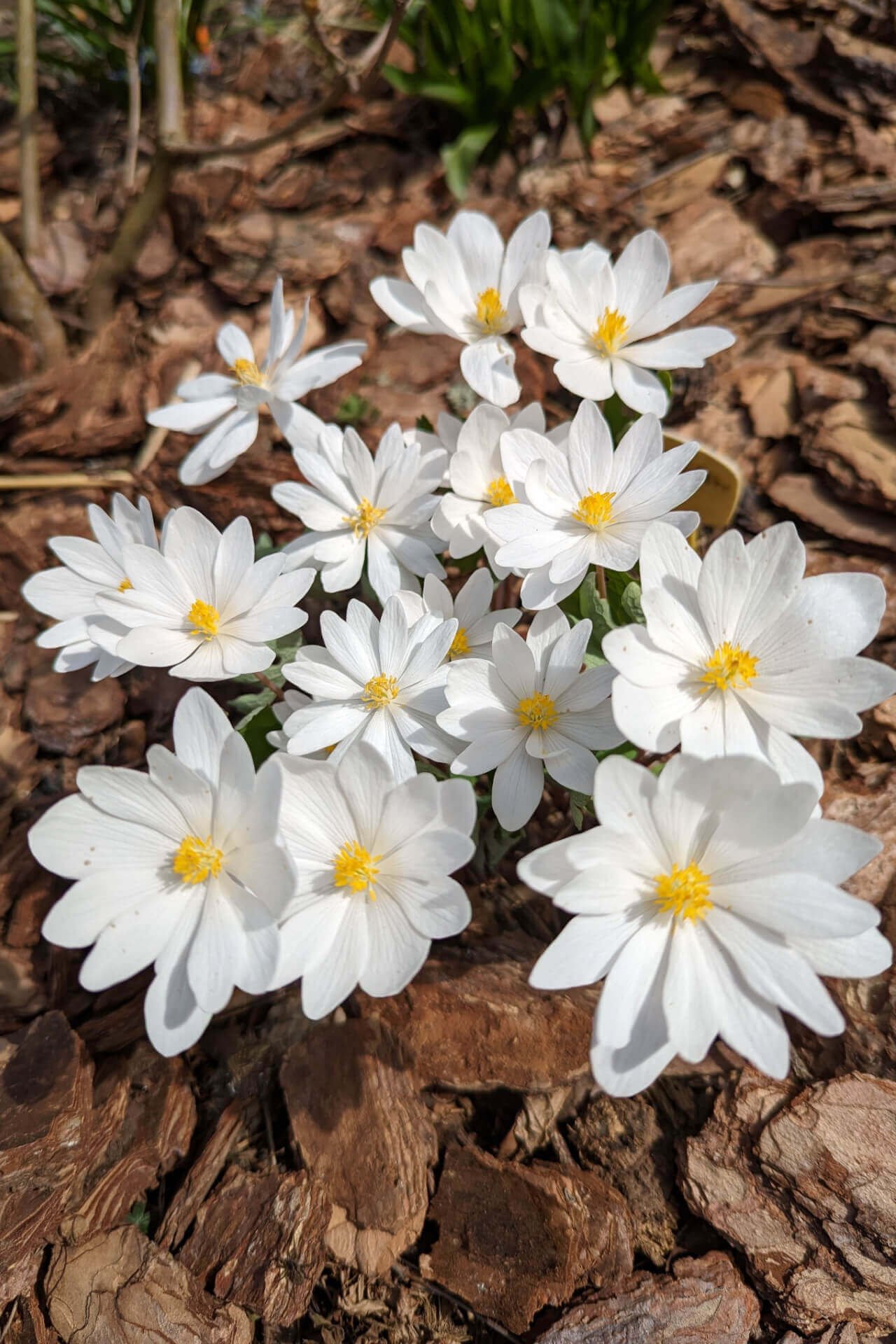What Makes the Pasque Flower So Special?
The Pasque Flower (Pulsatilla patens or Anemone patens) emerges as one of the first wildflowers to bloom each spring when it pushes through melting snow to display its soft downy bell-shaped blossoms. This perennial flower found in North America's prairies and open woodlands enchants observers with its soft violet to purple petals and golden stamens while providing critical early-season support for pollinators. The Pasque Flower exudes understated beauty which is earthy and firmly connected to the land in contrast to the more showy daffodils or tulips.
The Pasque Flower's name originates from the Paschal term which denotes Easter and matches its blooming period during spring. Native plant enthusiasts respect this species both for its visual appeal and its robust nature. The plant's fine silvery hairs shield it from harsh spring temperatures and add resilience to native wildflower gardens. Its feathery seed heads which are swirled and appear windswept maintain visual appeal long after the initial flowering period.
Planting a Pasque Flower in your garden goes beyond aesthetics because it helps support local ecosystems. It loves well-drained ground and full sun exposure to flourish as it does in its original prairie environment. Pasque Flower requires minimal maintenance and becomes drought-resistant after establishment while deer generally avoid it because of its mildly toxic leaves.
Growing Pasque Flower with Other Native Wildflowers
The Pasque Flower works well with early native wildflowers to create a cohesive color display that sustains pollinators while adding natural beauty to your garden. Pair Pasque Flowers with Virginia Bluebells to showcase a contrast between the latter's soft blue petals against the lavender tones of Pasque Flowers. The bright yellow center and stark white petals of Bloodroot create a vibrant splash and provide essential support for early-season bees. When used alongside Pasque these native woodland perennials provide an attractive understory display.
The Prairie Smoke (Geum triflorum) serves as a perfect companion plant because it blooms early and features playful seed heads that match the Pasque Flower’s texture. Together, they create an ethereal, windswept vibe. Columbine (Aquilegia canadensis) provides later blooming flowers that sustain native woodland beauty for gardens that require structured vertical interest.
Golden Alexanders, Shooting Stars, and Wild Lupine are good choices for creating a native garden bed around Pasque Flowers. A series of species bloom at different times which deliver nectar from spring through early summer to maintain a steady food supply for pollinating insects such as bumblebees, butterflies and solitary native bees.
Why Native Gardeners Love Pasque Flower
Wildflower enthusiasts and native plant supporters appreciate the Pasque Flower for reasons beyond its visual appeal. Pasque Flower serves as an early warning sign that spring has arrived by representing the change of seasons and showing winter's grip has started to weaken.
The Pasque Flower holds special significance beyond its visual appeal for wildflower lovers and native plant advocates. The Pasque Flower marks the seasonal transition and shows that winter's hold has weakened. The Pasque Flower's adaptability to local soils and climates without heavy maintenance requirements makes it perfect for sustainable gardeners.
The restoration of lost prairie and woodland habitats receives a considerable boost from the planting of Pasque Flower and other native species. Native flowers provide essential food and shelter to beneficial insects and small wildlife to increase biodiversity and support ecosystem balance in suburban landscapes dominated by turf grass.
One of the best features? Its long lifespan. A Pasque Flower established properly will continue to thrive for several decades without requiring much maintenance. The Pasque Flower's dislike of relocation leads gardeners to plan their spaces with a long-term stewardship mindset which aligns with native gardening principles.
The Pasque Flower stands as a signature plant for native wildflower meadows and alpine rock gardens as well as pollinator-friendly borders because it delivers aesthetic beauty and ecological benefits. The plant maintains its fuzzy foliage during the entire growing season which creates a soft texture alongside grasses and perennial companions such as Little Bluestem or Butterfly Milkweed.
Read more

Whenever you find yourself admiring a flower, make sure to examine it more closely. The beauty of flowers extends beyond their surface appearance because they are intricate structures which have ev...

Discover Blue Cohosh, a shade-loving woodland perennial with bright yellow blooms, deep blue berries, and golden fall foliage—thriving in rich, moist soil.



